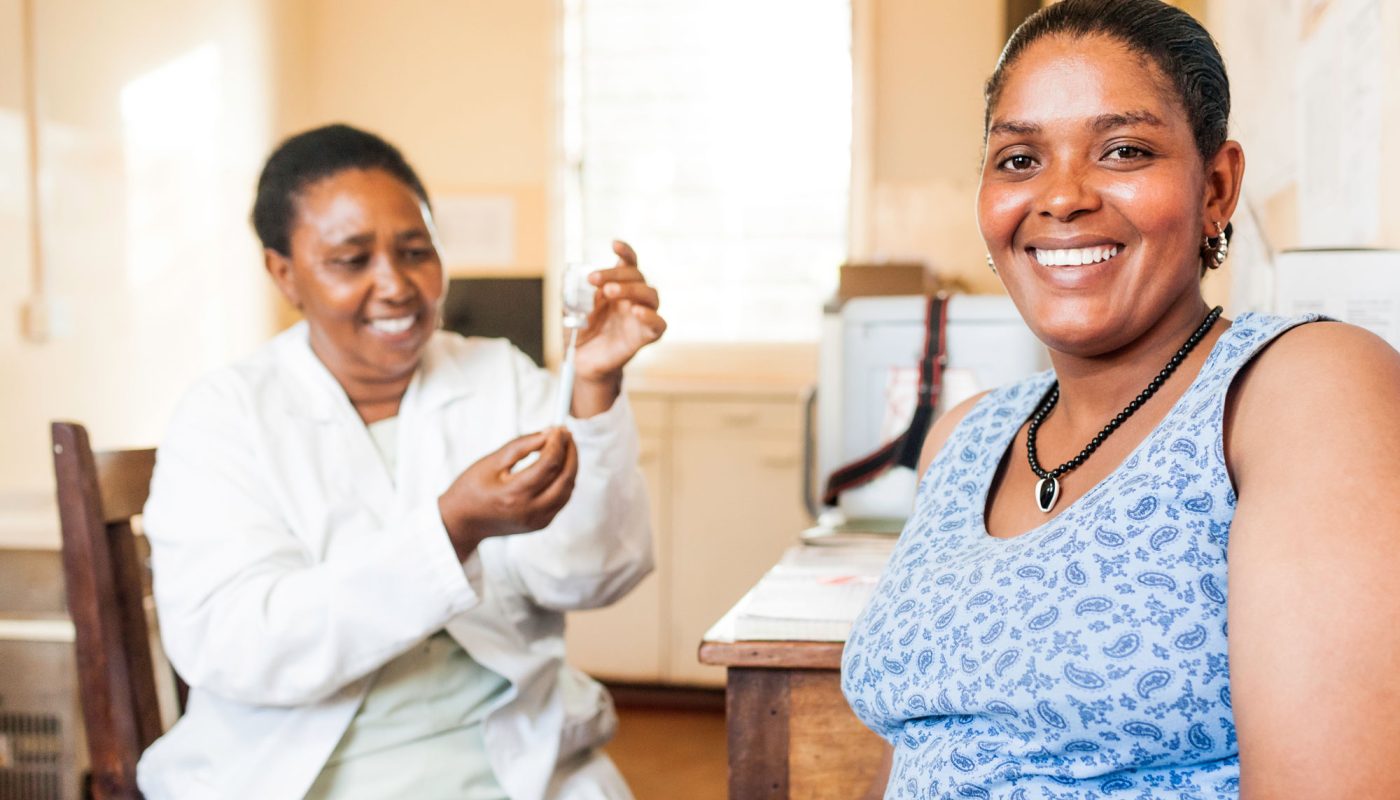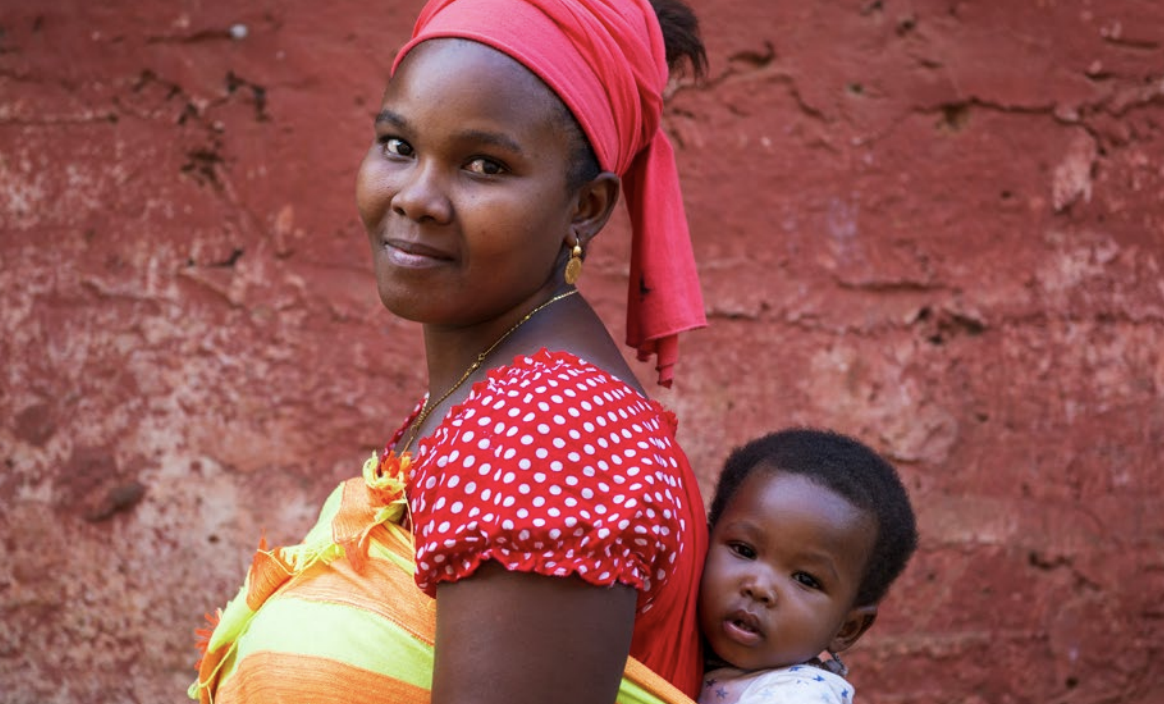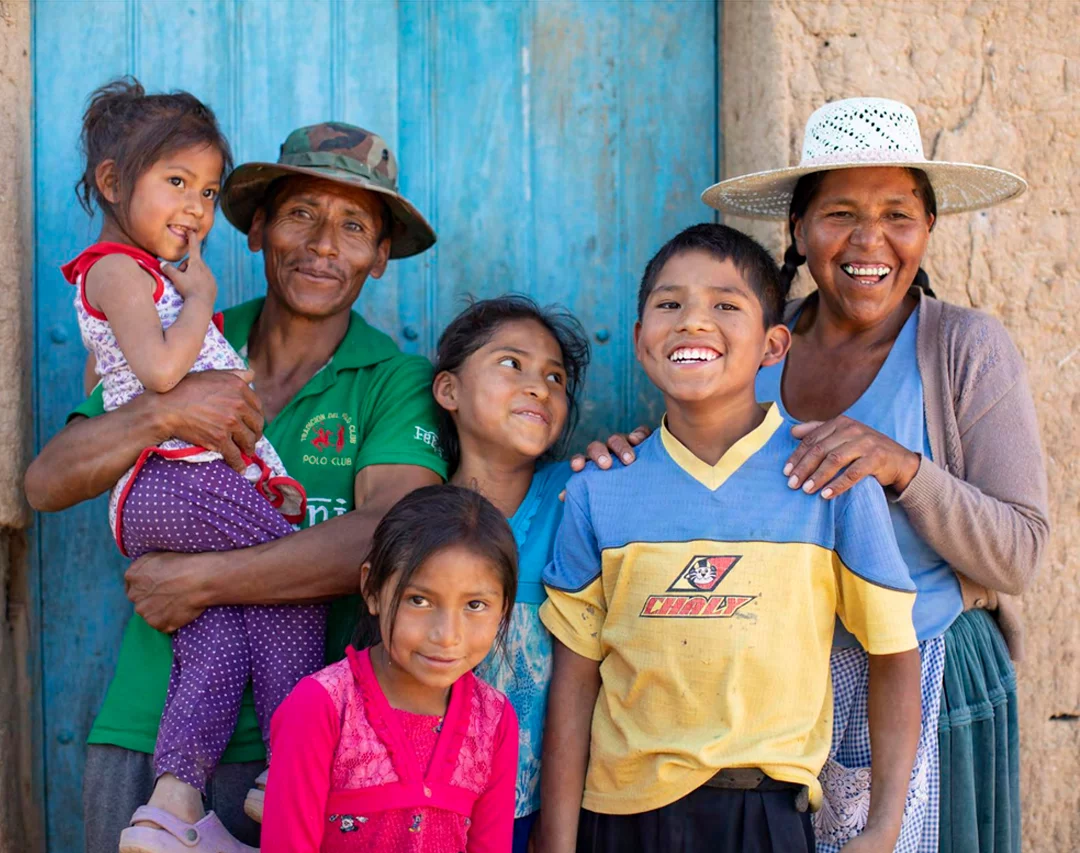EXECUTIVE SUMMARY
For decades, donor investments in health have been primarily “vertical” with funds earmarked for specific programs. Some donors are now asking if this is the best approach, or if investments could be more impactful if they were “horizontal” and integrated into primary health care. Databoom identified the most important considerations for integrating family planning and primary health care, and examined existing programs in Ghana and Malawi. We created a decision-making tool for donors and policymakers to identify where integration is present in national strategy and how much progress has been made. Policymakers can then determine where integration is desirable and chart progress over time.
SERVICES
- Qualitative Research and Analysis
- Data Visualization
- Strategy and Communications
- Team and Stakeholder Engagement
Integration: An All-or Nothing Preposition?
Donors have played a significant role in improving health outcomes around the world. For decades, investments have largely been for “vertical” programs that earmark funds for specific areas like family planning (FP), HIV/AIDS, malaria, childhood illnesses, and maternal mortality. Some donors are now asking if this is the best approach, or if investments could be more impactful if they were “horizontal” and integrated into primary health care (PHC).
The Costs and Benefits of Investing in Primary Health Care to Advance ‘Vertical’ Outcomes project is funded by the Bill and Melinda Gates Foundation and implemented by Results for Development (R4D) in partnership with PSI. The organizations wanted to test the project’s technical approach to describe how FP programming was structured in Ghana and Malawi, and to what extent it was integrated with PHC.
“That’s where we came in.”
Databoom examined the most important considerations around integrating FP into PHC and outlined the nature of existing programs in Ghana and Malawi. We then created a decision-making tool for donors and policymakers to identify where integration is present and how much progress has been made.
The Primary Health Care Performance Initiative (PHCPI) framework was central to the project’s technical approach and provided a detailed catalogue of PHC system components and dimensions. The hypothesis was that the PHCPI framework applies to many—if not all—components and functions of vertical programs, including FP.
We tested that hypothesis by interviewing country stakeholders and conducting a desk review of key documents. We described how FP had been delivered, the degree to which it was integrated with PHC, the FP actors, and how they worked together. Then we mapped findings against the PHCPI framework to illustrate how the system, inputs, and service delivery link to desired FP outputs and outcomes.
A key insight was that integration happens along a continuum: it is not an all-or-nothing or an all-at-once
shift: there is a gradual shift where components of each program are shared. There are also unique aspects of
FP that can permit or impede integration. These are illustrated in the figures below.
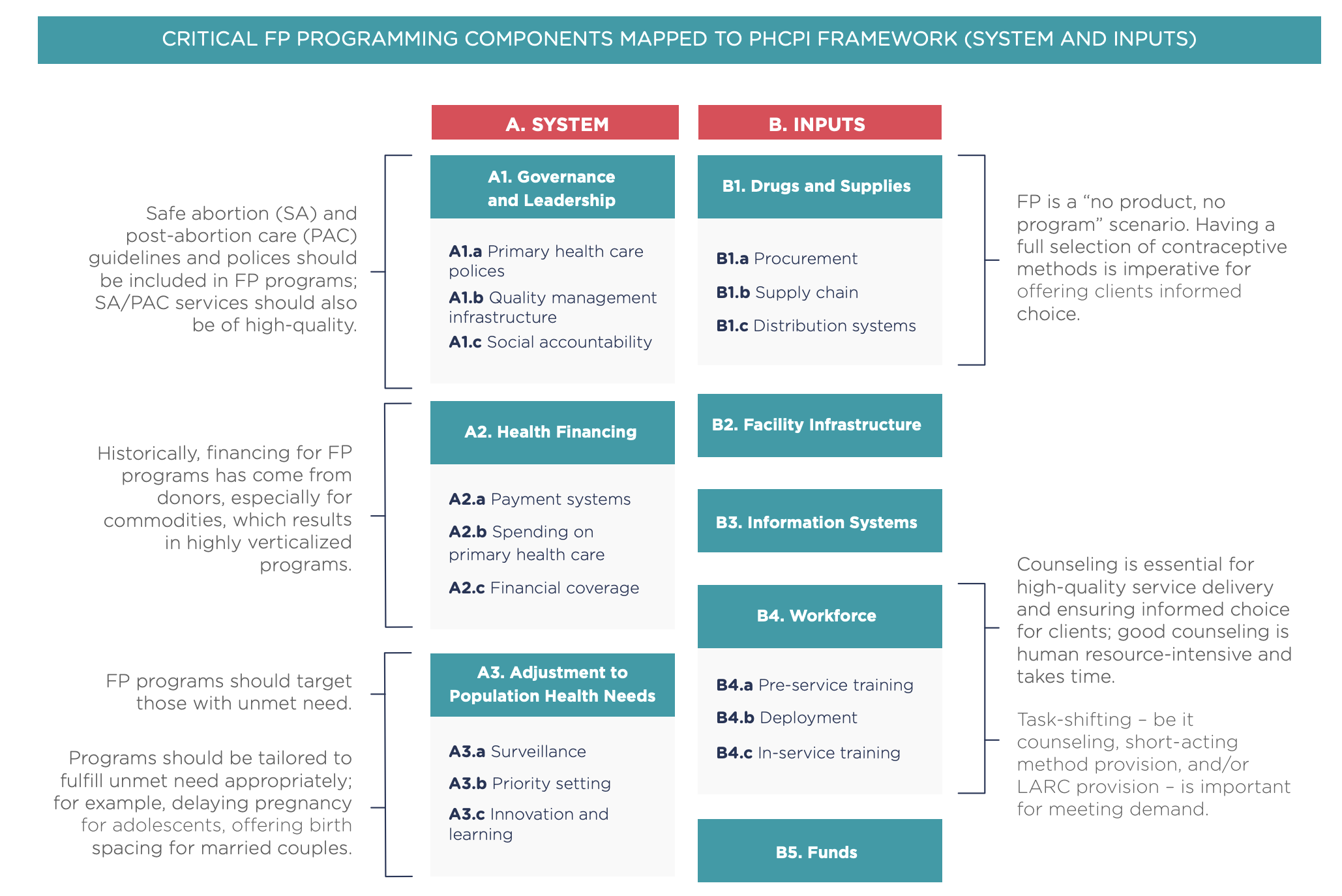
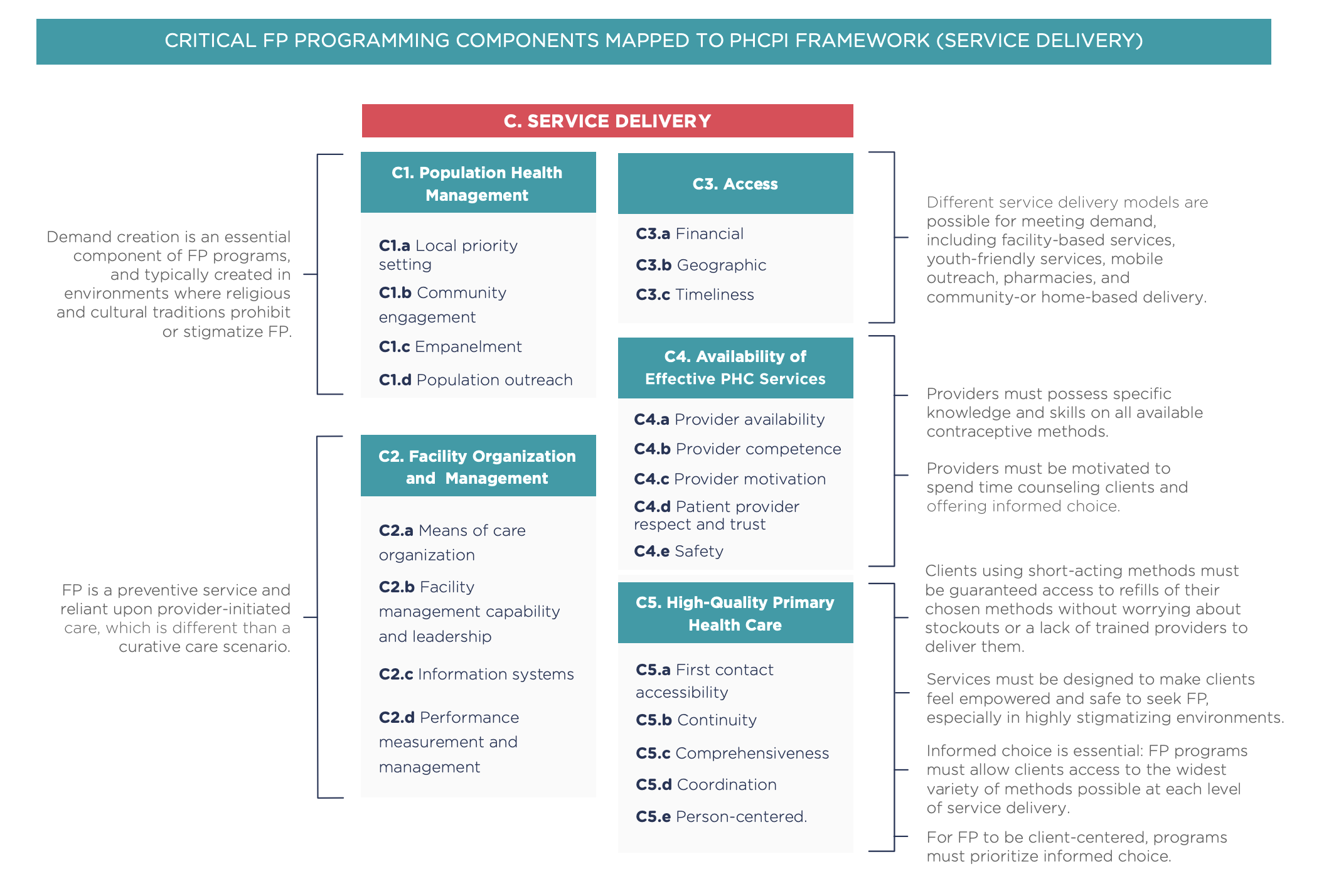
Key enablers for FP/PHC integration included favorable policies, commodity availability, facility access, task shifting, and provider motivation. Key obstacles included poor coordination between agencies, limited benefits packages, out-of-pocket costs, and limited provider capacity. We then turned this mapping exercise into a concrete decision-making tool for policymakers and created a checklist to identify where key integration considerations were present in national strategy and how much progress had been made. Policymakers could then consider where integration is desirable and chart progress over time. The figure below is the checklist for Ghana.
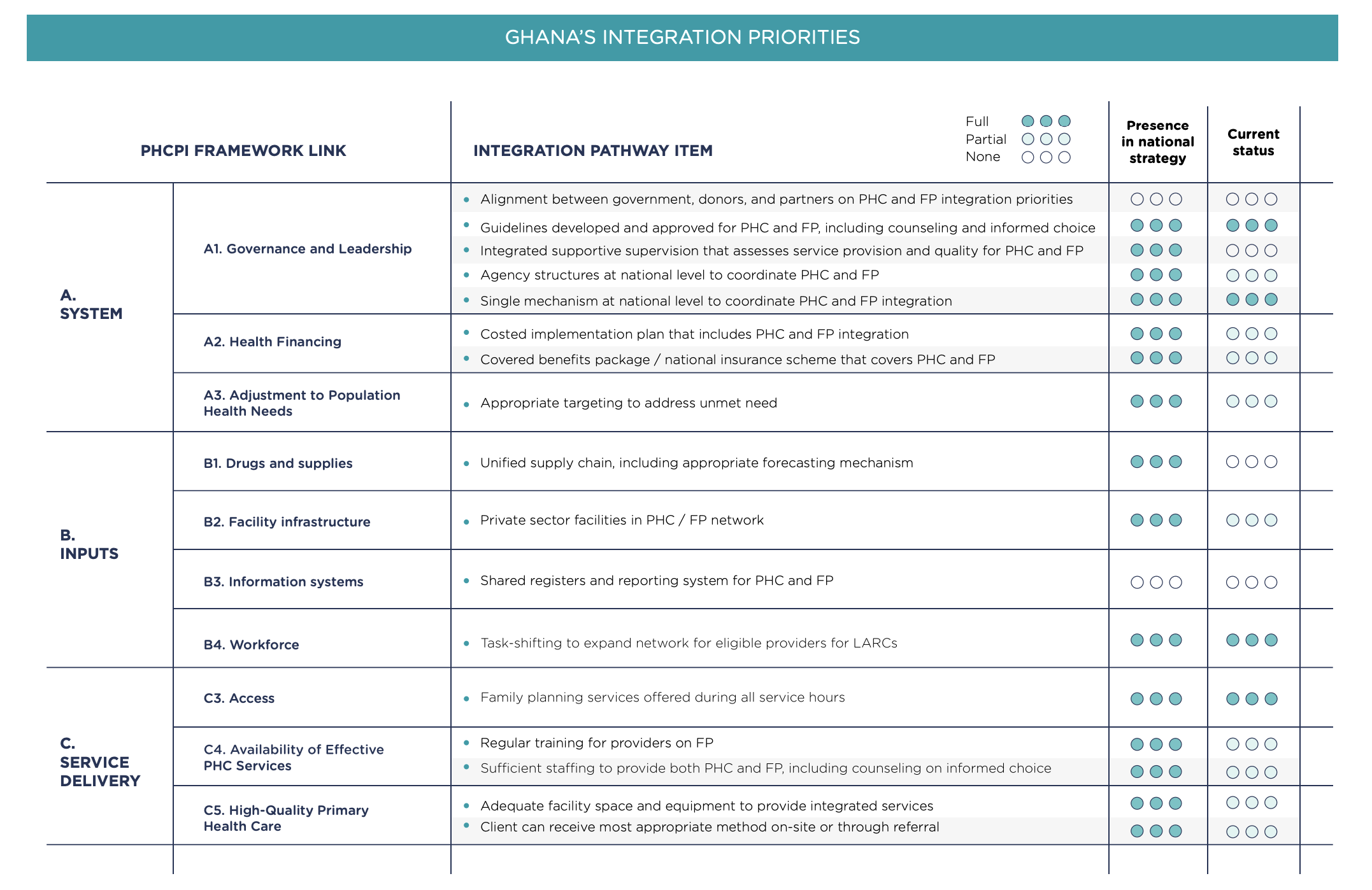
IMPACT
The FP/PHC case studies have been incorporated into R4D and PSI’s larger recommendations about integrating vertical health programs into PHC. Those recommendations will inform the Bill and Melinda Gates Foundation’s decisions about investments in integration and how the Foundation advises other international donors and governments. Central to our recommendation is that national policymakers should determine when and where integration is most desirable: it is not an all-or-nothing proposition.
